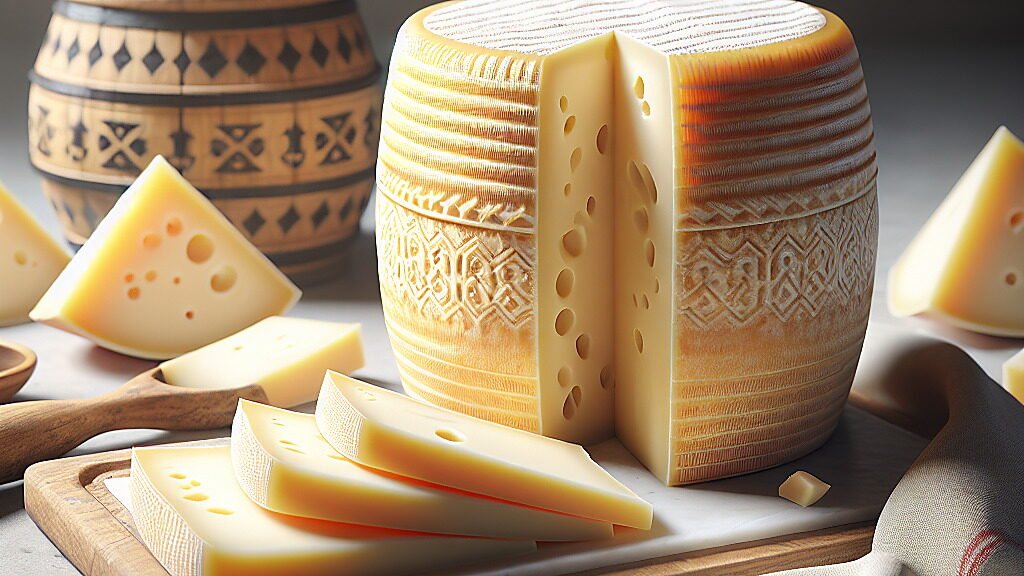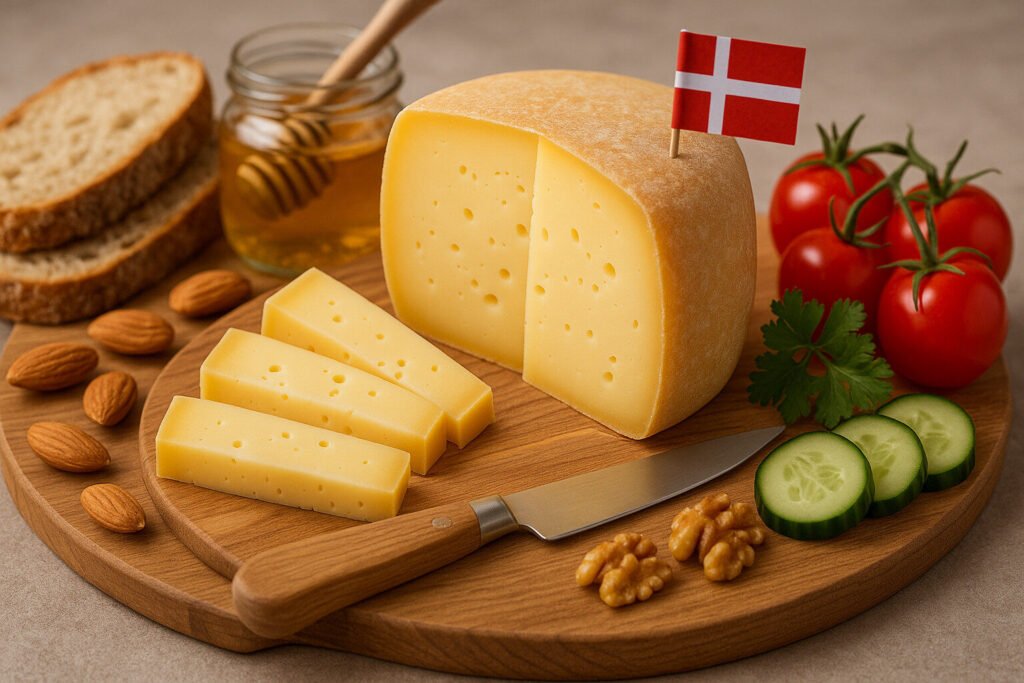Cheese Pairing
Cheese Pairing Definition and Scope
Cheese pairing is the deliberate combination of cheeses with complementary foods and beverages to enhance flavor experiences. This practice draws from cheese taxonomy, categorizing cheeses by milk type, texture, aging, and production methods. Pairing principles consider fat content, acidity, saltiness, and intensity to create balanced or contrasting sensory interactions.
The scope extends beyond wine to include beer, spirits, fruits, charcuterie, and condiments. Pairing strategies may match similar characteristics or intentionally contrast flavors and textures. Mastery requires understanding how cheese properties interact with partner components at chemical and perceptual levels.
Cheese Pairing Production Fundamentals
Production methods directly influence pairing potential through moisture content, pH levels, and fat distribution. Fresh cheeses with high moisture pair differently than hard, aged varieties with concentrated flavors. Techniques like washing rinds or injecting molds create distinct microbial environments that suggest specific pairing partners.
Understanding affinage (cheese aging) reveals how enzymatic breakdown develops amino acids and fatty acids that interact with beverages. The production timeline affects pairing: young cheeses often need acidic partners while aged cheeses withstand tannic or robust companions.
Sensory Profile Considerations
Cheese sensory analysis examines appearance, texture, aroma, and taste components crucial for pairing. Key attributes include creaminess, crumbliness, pungency, umami, and salt intensity. These characteristics determine whether pairings should complement (matching intensity) or contrast (opposing elements).
Fatty cheeses often benefit from acidic partners that cut through richness. Salty cheeses frequently pair well with sweet elements. Fungal-dominated cheeses like blue varieties typically match with sweet wines or honey to balance their sharpness.
Practical Pairing Applications
Classic pairing applications follow regional traditions, such as French Roquefort with Sauternes or Italian Parmigiano-Reggiano with balsamic vinegar. Modern approaches experiment with craft beers, artisanal ciders, and specialty spirits. Technical pairings consider molecular interactions, like protein-tannin binding or fat-dissolving alcohol.
Structured tasting progression moves from mild to strong cheeses when composing boards. Temperature service matters: cooler cheeses suppress aromas while room-temperature servings release full flavor profiles. Texture sequencing creates dynamic mouthfeel experiences throughout a pairing session.
Regional Pairing Examples
French pairings often match regional cheeses with local wines: Burgundian Époisses with Pinot Noir or Alpine Beaufort with Savoie whites. British traditions combine cheddars with ales or stouts, while Spanish pairings feature Manchego with sherry. These historical combinations reflect terroir relationships between local products.
American artisanal pairings highlight regional specialties: Vermont cheddars with apple cider or California goat cheeses with local Sauvignon Blanc. Contemporary global fusion incorporates international cheeses with non-traditional partners, expanding beyond European conventions while respecting fundamental pairing principles.


